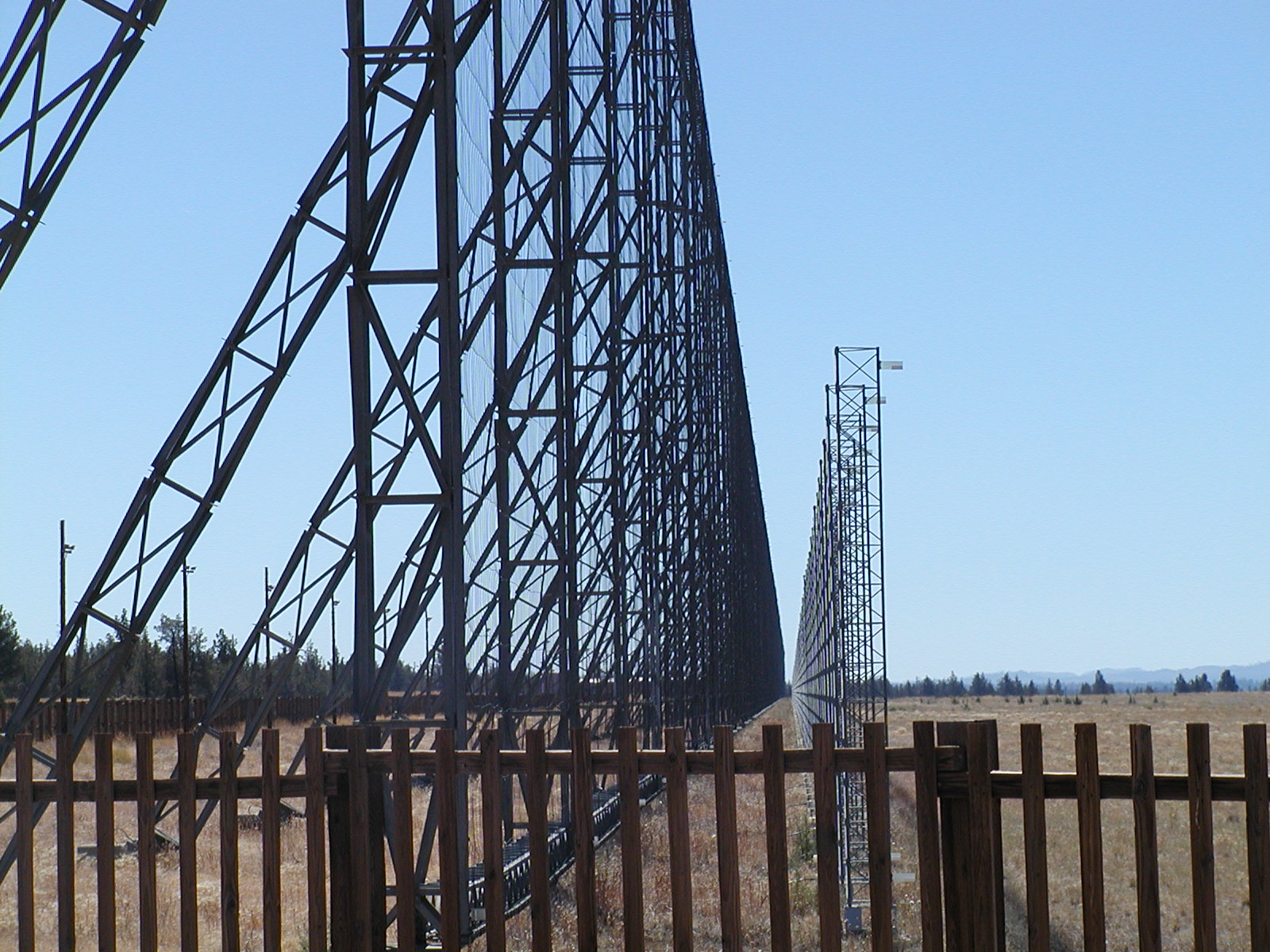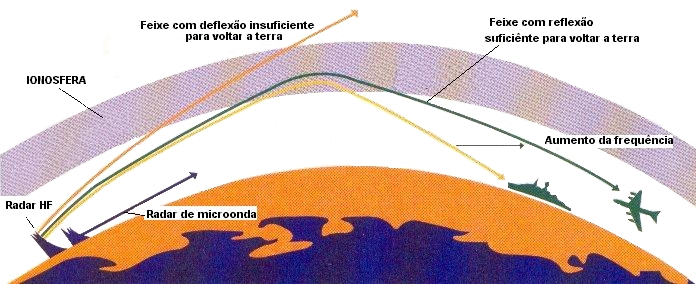Stealth technology has become sine qua non: all military aircraft, tanks, ships etc, are designed or redesigned according to low observable (l.o.) principles. This technology allows a potential intruder to enter enemy area undetected and deliver a first strike before the defender realizes he is being attacked or at least before he has the time to respond effectively. Furthermore, l.o. techniques help to "break the kill chain": even if the l.o. aircraft is detected, it cannot be easily engaged by a fire control radar or a missile radar seeker.
On the other hand, stealthiness is not panacea: stealth aircraft are not invincible, they are just detected at shorter distances. Generally, the application of l.o. principles incurs a considerable cost, both in procurement as well as for maintenance. Actually, the l.o. approach is a trade-off among cost, stealth capability and operational performance, i.e., maneuverability, amount of weapons and fuel, etc. The point is that a few fighters with l.o. characteristics but with inherent operational constraints will 158 Low Observable Principles, Stealth Aircraft and Anti-Stealth Technologies not necessarily prevail against more fighters with not so l.o. characteristics but better operational capabilities.
In any case, a stealth threat is a serious threat, which should be dealt with appropriately. Traditional surveillance and engagement systems have proven to be inadequate. In fact, no radar system alone seems capable to confront effectively such threat.
A promising approach relies on a combination of the following:
- Very low frequency band radars, for medium to high altitude surveillance: as the frequency decreases, the wavelength increases and becomes comparable with major parts of the aircraft. Thus, scattering enters the resonance region, exhibiting a higher Radar Cross Section (RCS), at least momentarily. Also, the Radar-Absorbent Materials (RAM) are not very effective at lower frequencies. For these reasons, radars operating, e.g., in the VHF band, are expected to see a l.o. target
at a longer distance with respect to “conventional”, higher frequency radars, transmitting in the L or S-band.
- Passive radars can complement their active counterparts, covering low to medium altitudes: such radars detect and track targets passively, measuring distortions and disturbances on existing signals from radio, TV, mobile telephony, Wi-Fi etc. They feature low frequency and bistatic operation (different locations of transmitter and receiver), offering increased probability of revealing stealth aircraft, which are optimized for monostatic radars.
- All information from every radar system or sensor should be fused in a central command and control entity (data fusion). If possible, low level, raw data should be taken into account. A few “hits” from a radar may not result to a “plot”, however a few “hits” from different radars corresponding to the same location certainly indicate a possible target.
- Any unidentified track should be transferred to combat aircraft via tactical data link, in order to be intercepted.
- The interceptors should be equipped with an IRST (InfraRed Search and Track) system, allowing detection and tracking of l.o. targets at longer distances, with respect to their radar sets. Ideally, they should be also capable of engaging a K. C. Zikidis et al. designated target sent to them via data link, even if they cannot “see” the target by their on-board sensors.
- Following the same way of thinking, IR air-to-air missiles should be preferred to radar seeker missiles, even for BVR (Beyond Visual Range) distances. As a final conclusion, it should be noted that the development of l.o. technology and the proliferation of stealth aircraft have changed the modern warfare, rendering most legacy systems almost useless. In order to cope with this new type of
threats, older systems should be upgraded, modified accordingly and interconnected, following the principles of the net-centric warfare doctrine, while new, suitable systems should also be employed, as described in this paper. If not, the danger of realizing you are being attacked, after having received several bombs on your airforce bases and facilities, is looming.
However, as Dr. W. Edwards Deming has put it:
“It is not necessary to change. Survival is not mandatory.”





